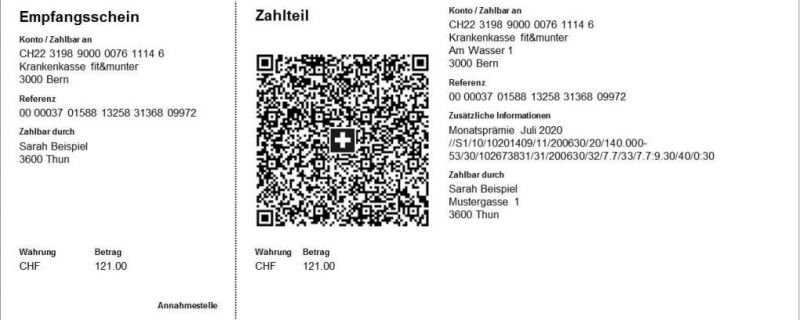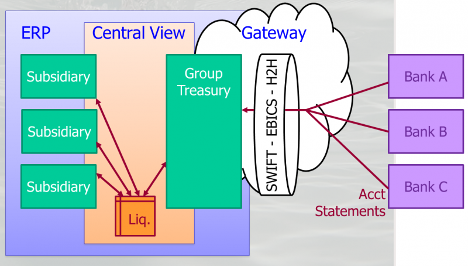Die Schweizer QR Rechnung ist in Kraft
Nun ist es soweit, der neue Schweizer Zahlschein mit QR-Cost ist in Kraft. In den Tomato Catchup News Juli 2019 berichteten wir über Hintergründe der Entstehung des Neuen Zahlscheins:
In der Schweiz wurde am 30. Juni die QR-Rechnung eingeführt. Es handelt sich um die neue Version des Einzahlungsscheins für Schweizer Rechnungsempfänger. Neben dem bisherigen lesbaren Zahldaten ist ein Strichcode (QR) zum Handy-scannen aufgedruckt. Das manuelle Abtippen von Konto- und Referenznummer sind also nicht mehr erforderlich.
Weiter:
- Der Zahlschein ist weiss und hat ein einheitliches Format (nicht mehr orange oder rot, er wird auf weissem Papier gedruckt).
- QR-Rechnungen wird man mit handelsüblichen Druckern selbst erstellen können.
- Ein Beleg anstatt bisher sieben verschiedener Einzahlungsscheine.
- Die Varianten, Rechnungen zu begleichen, Six zählt vier verschiedene Wege auf:
a) via e-banking
b) via Smartphone / Mobile App einer Bank
c) via Postschalter und am Bank-Bezahl-Automat
d) für Firmen mittels Business Software
Das Benutzen des QR-Codes ist freiwillig. Das Abtippen der Referenznummer ist möglich. Die bisherigen Zahlscheine und die QR-Rechnung werden vorläufig parallel verwendet.

So sieht die neue QR-Rechnung aus: links der Empfangsschein, rechts der Zahlteil. (Source: Six)
Links zur Presse
